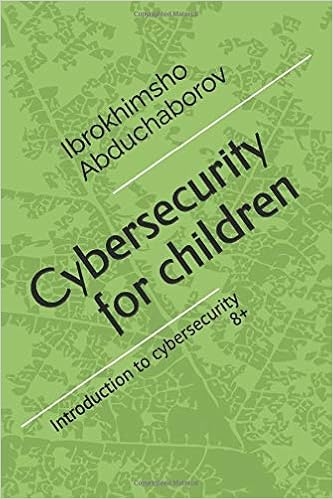The governor of Arizona, Doug Ducey, has announced the launch of a Cyber Command Center to address the thousands of attacks that daily target government computers.
The governor of Arizona, Doug Ducey, has launched a Cyber Command Center to repel the huge amount of attacks that every day hit the computer systems of the state.
The move is the response of the Arizona administration to hundreds of thousands of cyberattacks that hit the state.
At a ceremony Monday at the Department of Public Safety’s Arizona Counter Terrorism Information Center in Phoenix, Ducey explained that Cyber Command Center has been established to protect the IT infrastructure of the state.
“The Cyber Command Center brings four state public safety agencies together in one room with one mission: Guard the state’s computers against attacks and by extension, help protect the over 7 million residents of the Grand Canyon State.” reads a post published by AZCentral.
“When we protect your data, we protect you at home as well,” Arizona Department of Homeland Security Director Tim Roemer said in an interview. “We help you not fall victim to identity theft, for example. Because once your data is compromised, they use that to open up accounts.”
In the case of a severe cyber attack, experts at the center will coordinate the incident response activities.






![Department of Homeland Security and Information Sharing: Is It Working? by [United State Army War College, U.S Army U.S Army]](https://m.media-amazon.com/images/I/417d4jwJrTS.jpg)
![CYBERSECURITY AND INFRASTRUCTURE SECURITY AGENCY: Actions Needed to Ensure Organizational Changes Result in More Effective Cybersecurity for Our Nation by [United States Government Accountability Office]](https://m.media-amazon.com/images/I/51FIzAXr-CL._SX260_.jpg)


![The Cyber Skill Gap: How To Become A Highly Paid And Sought After Information Security Specialist! by [Vagner Nunes]](https://m.media-amazon.com/images/I/51mKZDGZ9vL.jpg)















